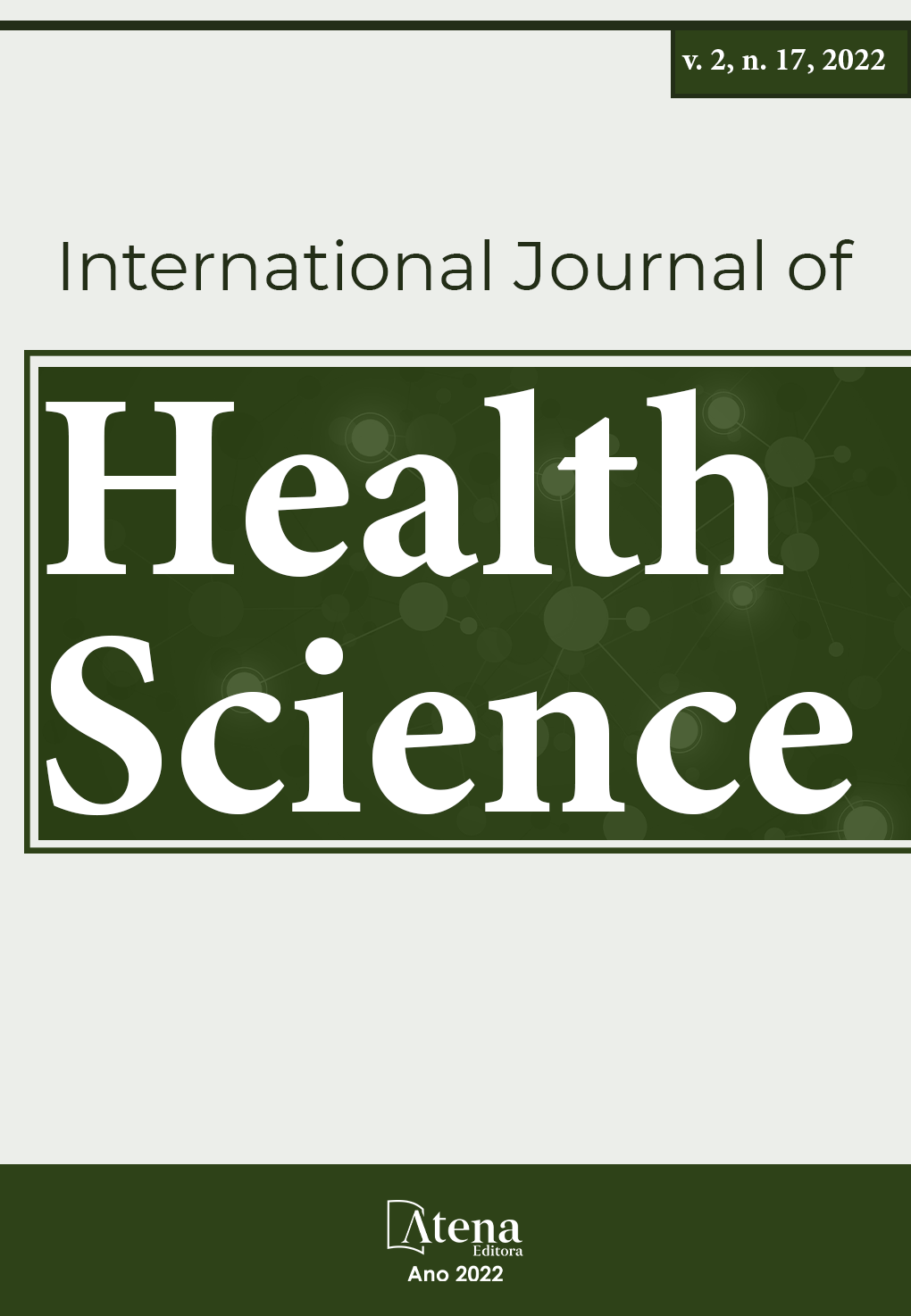
TEMPORAL ANALYSIS OF MORTALITY FROM CONGENITAL SYPHILIS IN BRAZIL AND IN THE NORTHERN REGION OF THE COUNTRY
INTRODUCTION: According to the WHO, congenital syphilis (CS) represents the second leading cause of preventable fetal mortality in the world. SC is a disease caused by the bacterium Treponema pallidum and transmitted vertically during passage through the birth canal or through the placenta. OBJECTIVES: To evaluate the time series of incident cases of death from CS in Brazil from 2015 to 2019. METHODS: Cross-sectional, longitudinal, observational, descriptive study with a qualitative approach to CS mortality in Brazil and the North region, using information from the Department of Chronic Diseases and Sexually Transmitted Infections and Mortality Information System, available at DATASUS. RESULTS: In the period from 2015 to 2016, there was a small reduction in the number of deaths from CS in Brazil, with 235 and 195 cases, respectively. After that, there was a growing increase in mortality, between 2017 and 2018, which had 222 and 261 deaths, in that order and, finally, in 2019, there was a considerable drop in the number of deaths, with 173 cases. Regarding the gross mortality rate, in 2015 the North of the country had the highest rates, with 10.3%, compared to the rate in Brazil, of 7.8%. In 2016, there was a reduction in cases and the North region had lower rates than the national ones, with 5.9% and 6.8%, respectively. In 2017 and 2018, there was a progressive increase in this coefficient, and the North, with 7.7% and 9.4%, had rates higher than the national average, which were 7.6% and 8.9%. In 2019, there was a reduction in these rates, with 5.9% of the national average and 5.6% of the North region. CONCLUSION: It is necessary to improve the quality of prenatal care in the country. It is also necessary to adapt promotion and prevention strategies to the specific needs of different regions. Thus, it will be possible to guarantee the effectiveness of public policies aimed at the mother-child binomial.
TEMPORAL ANALYSIS OF MORTALITY FROM CONGENITAL SYPHILIS IN BRAZIL AND IN THE NORTHERN REGION OF THE COUNTRY
-
DOI: 10.22533/at.ed.1592172221032
-
Palavras-chave: Brazil, Congenital Syphilis, morbidity and mortality.
-
Keywords: Brazil, Congenital Syphilis, morbidity and mortality.
-
Abstract:
INTRODUCTION: According to the WHO, congenital syphilis (CS) represents the second leading cause of preventable fetal mortality in the world. SC is a disease caused by the bacterium Treponema pallidum and transmitted vertically during passage through the birth canal or through the placenta. OBJECTIVES: To evaluate the time series of incident cases of death from CS in Brazil from 2015 to 2019. METHODS: Cross-sectional, longitudinal, observational, descriptive study with a qualitative approach to CS mortality in Brazil and the North region, using information from the Department of Chronic Diseases and Sexually Transmitted Infections and Mortality Information System, available at DATASUS. RESULTS: In the period from 2015 to 2016, there was a small reduction in the number of deaths from CS in Brazil, with 235 and 195 cases, respectively. After that, there was a growing increase in mortality, between 2017 and 2018, which had 222 and 261 deaths, in that order and, finally, in 2019, there was a considerable drop in the number of deaths, with 173 cases. Regarding the gross mortality rate, in 2015 the North of the country had the highest rates, with 10.3%, compared to the rate in Brazil, of 7.8%. In 2016, there was a reduction in cases and the North region had lower rates than the national ones, with 5.9% and 6.8%, respectively. In 2017 and 2018, there was a progressive increase in this coefficient, and the North, with 7.7% and 9.4%, had rates higher than the national average, which were 7.6% and 8.9%. In 2019, there was a reduction in these rates, with 5.9% of the national average and 5.6% of the North region. CONCLUSION: It is necessary to improve the quality of prenatal care in the country. It is also necessary to adapt promotion and prevention strategies to the specific needs of different regions. Thus, it will be possible to guarantee the effectiveness of public policies aimed at the mother-child binomial.
-
Número de páginas: 11
- Jair José Pereira de Almeida
- Larissa Araújo Queiroz
- Rafaella Barros Moraes e Silva
- Tainá Cristina Coelho Coelho
- Thalita Damasceno Silva
- Suellen da Silva Souza Rocha
- Murilo Nascimento Bezerra


